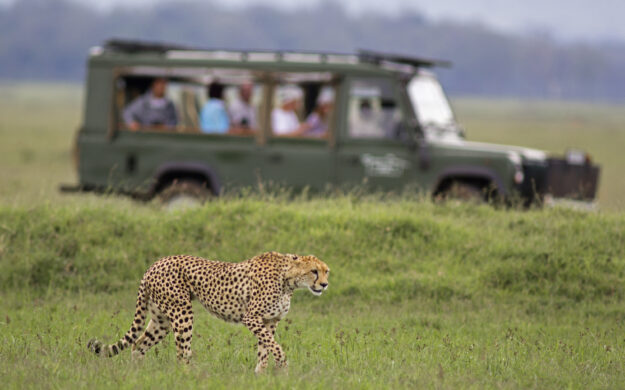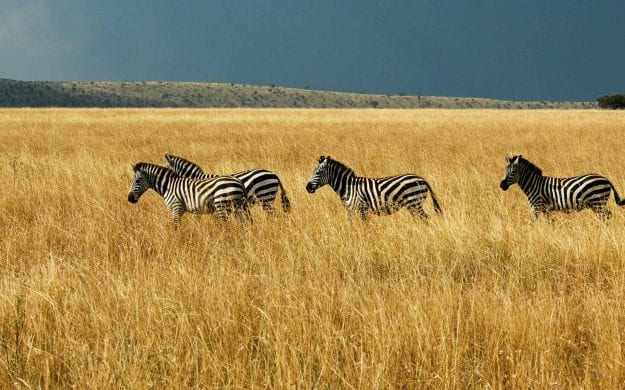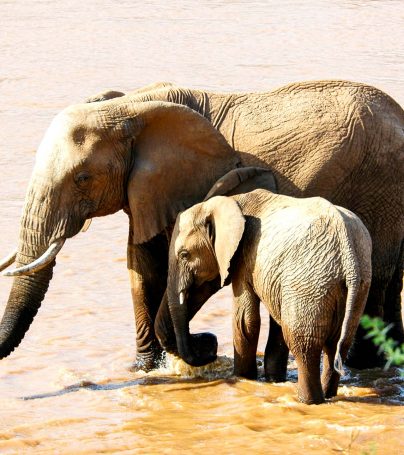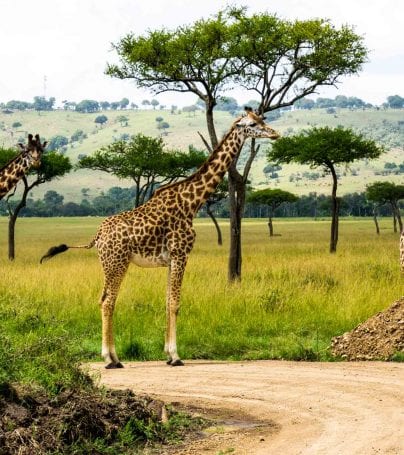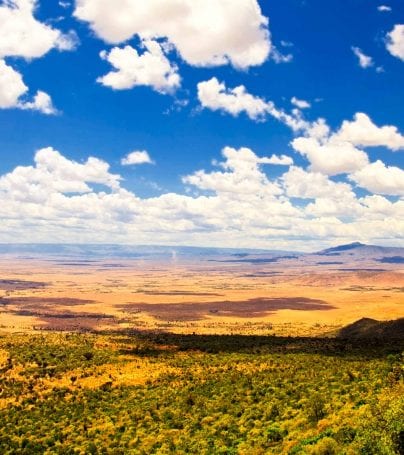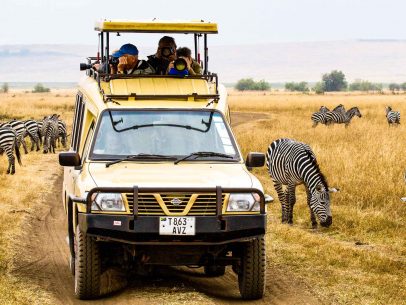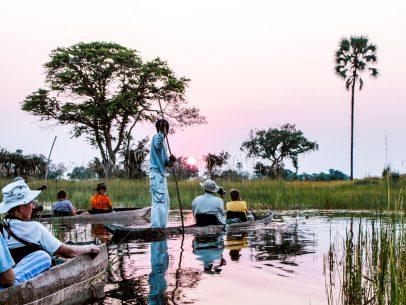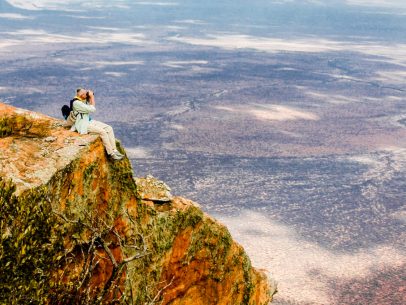Mount Kenya Adventure Tours
Mount Kenya is the highest mountain in Kenya and the second-highest in Africa, after Kilimanjaro. The highest peaks of the mountain are Batian (5,199 metres (17,057 ft)), Nelion (5,188 metres (17,021 ft)) and Point Lenana (4,985 metres (16,355 ft)). Mount Kenya is located in central Kenya, just south of the equator, around 150 kilometres (93 mi) north-northeast of the capital Nairobi. Mount Kenya is the source of the name of the Republic of Kenya. Mount Kenya is a stratovolcano created approximately 3 million years after the opening of the East African rift. It was covered by an ice cap for thousands of years. This has resulted in very eroded slopes and numerous valleys radiating from the center. There are currently 11 small glaciers. The forested slopes are an important source of water for much of Kenya. There are eight vegetation bands from the base to the summit. The lower slopes are covered by different types of forest. Many species are endemic to Mount Kenya such as the lobelias, the senecios and the rock hyrax. An area of 715 square kilometres (276 sq mi) around the centre of the mountain was designated a National Park and listed as a UNESCO World Heritage Site in 1997. The park receives over 15,000 visitors per year.
Mount Kenya National Park, established in 1949, protects the region surrounding the mountain. Currently the national park is within the forest reserve which encircles it. In April 1978 the area was designated a UNESCO Biosphere Reserve. The national park and the forest reserve, combined, became a UNESCO World Heritage Site in 1997.
The Government of Kenya had four reasons for creating a national park on and around Mount Kenya. These were the importance of tourism for the local and national economies, to preserve an area of great scenic beauty, to conserve the biodiversity within the park, and to preserve the water catchment for the surrounding area.
There are eight walking routes up to the main peaks. Starting clockwise from the north these are the Meru, Chogoria, Kamweti, Naro Moru, Burguret, Sirimon and Timau Routes. Of these Chogoria, Naro Moru and Sirimon are used most frequently and therefore have staffed gates. The other routes require special permission from the Kenya Wildlife Service to use.
The Chogoria route leads from Chogoria town up to the peaks circuit path. It heads through the forest to the southeast of the mountain to the moorland, with views over areas such as Ithanguni and the Giant’s Billiards Table before following the Gorges Valley past the Temple and up to Simba Col below Point Lenana. The Mountain Club of Kenya claims that Ithanguni and the Giant’s Billards Table offer some of the best hillwalking in Kenya.
The Naro Moru route is taken by many of the trekkers who try to reach Point Lenana. It can be ascended in only 3 days and has bunkhouses at each camp. The route starts at Naro Moru town to the west of the mountain and climbs towards Mackinder’s Camp on the Peak Circuit Path. The terrain is usually good, although one section is called the Vertical Bog.
The Sirimon route approaches Mount Kenya from the northwest. The path splits on the moorlands, with the more frequently used fork following the Mackinder Valley and the quieter route traversing into the Liki North Valley. The paths rejoin at Shipton’s Cave just below Shipton’s Camp on the Peak Circuit Path. The Peak Circuit Path is a path around the main peaks, with a distance of about 10 kilometres (6 mi) and height gain and loss of over 2,000 metres (6,600 ft). It can be walked in one day, but more commonly takes two or three. It can also be used to join different ascent and descent routes. The route does not require technical climbing.
Customize Your Dream Adventure
We are here to help craft tailor-made adventures for individuals, couples, families, and groups of explorers.

